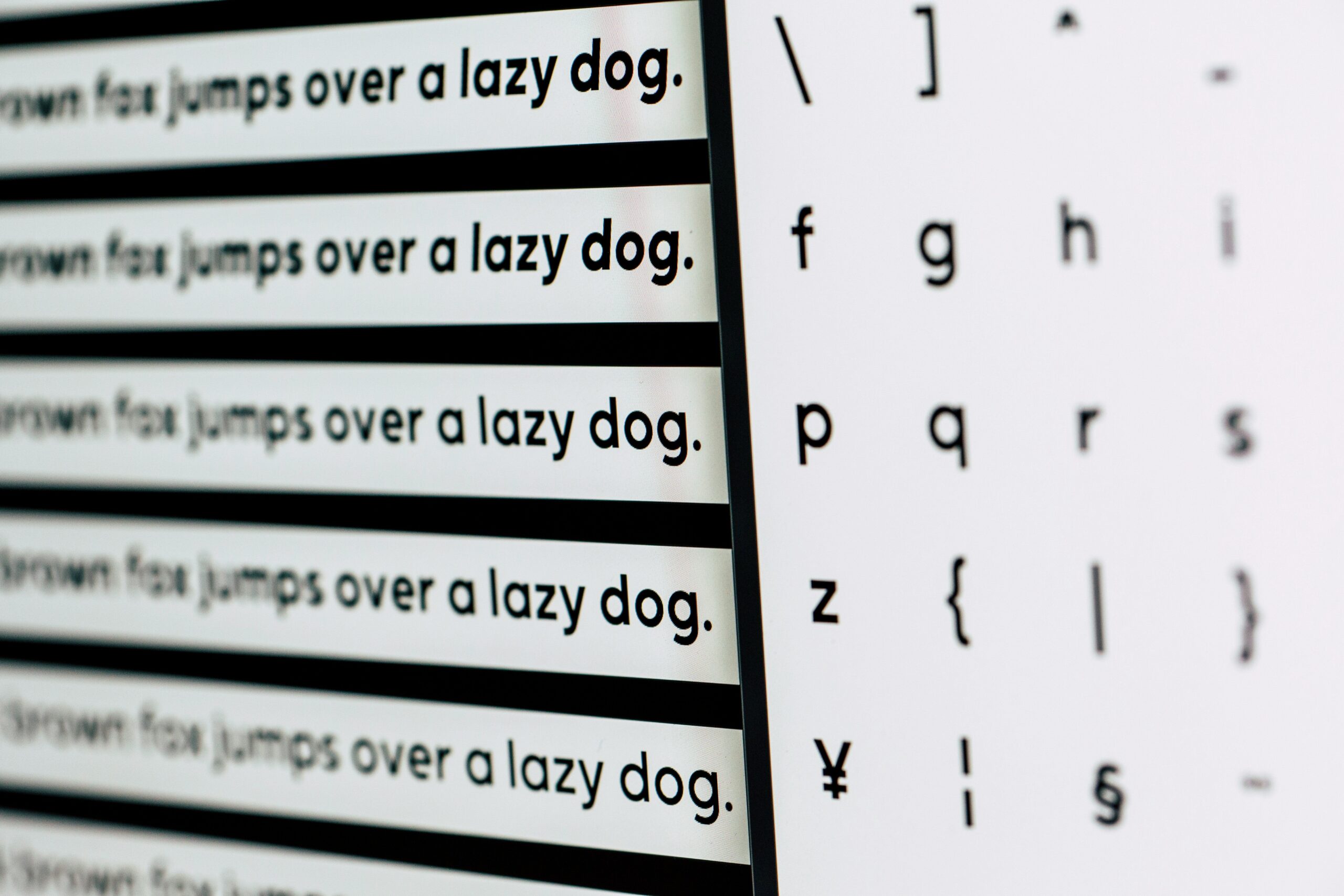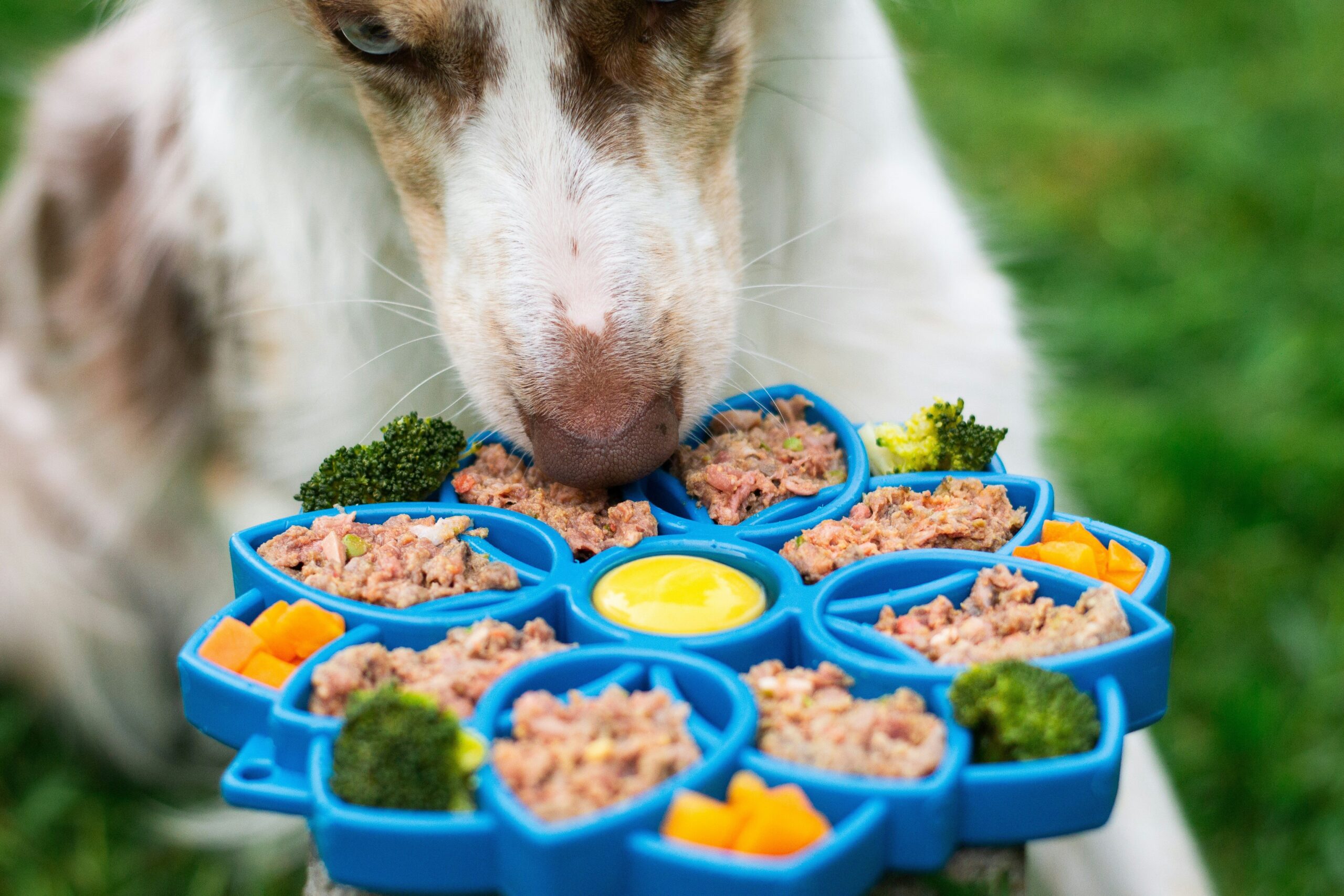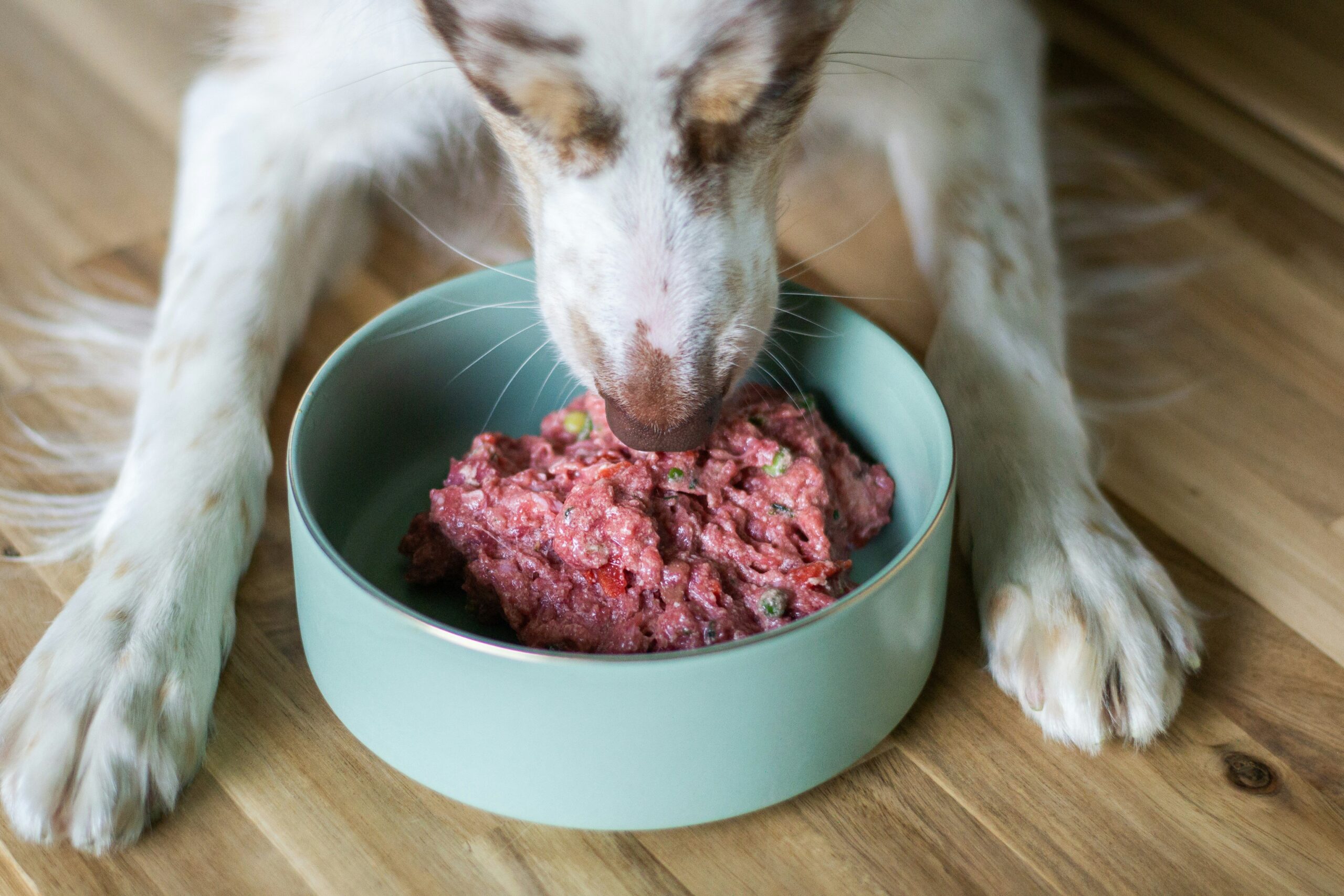Ever wondered why your hunting dog looks like they’ve hit a wall mid-hunt? You’re not alone. Many hunters overlook one of the most critical factors in their dog’s performance: proper energy balance. Just like you wouldn’t run a marathon on an empty stomach, your four-legged companion needs specialized nutrition designed to keep them fueled for hours. In this guide, we’ll break down Hunting Dog Energy Charts, reveal mistakes I made (like feeding my pup leftover pizza…oops), and give you step-by-step advice for maximizing stamina and health.
You’ll learn:
- Why energy charts are vital for hunting dogs.
- Step-by-step tips for creating a balanced diet plan.
- Best practices backed by real-world examples.
- Common questions answered—because no one has time for guesswork.
Table of Contents
- Key Takeaways
- Why Energy Charts Matter for Hunting Dogs
- Step-by-Step Guide to Crafting a Hunting Dog Diet
- Tips & Best Practices for Optimal Nutrition
- Real-Life Examples from Hunters Like You
- Frequently Asked Questions About Hunting Dog Food
Key Takeaways
- Hunting Dog Energy Charts help maintain peak performance during long hunts.
- A high-protein, calorie-dense diet keeps your pet energized.
- Overfeeding carbs can lead to sluggishness, while underfeeding fats can cause burnout.
- Customizing food plans based on activity level and breed is crucial.
Why Energy Charts Matter for Hunting Dogs
Picture this: It’s the big day. Your gear is packed, your shotgun is ready, and your trusty retriever bounds ahead with unmatched enthusiasm. But halfway through, they slow down. They’re panting heavily, moving sluggishly, and losing focus. What happened?
Hunting Dog Energy Charts explain it all. These charts outline how much protein, fat, carbohydrates, and calories your working dog needs based on their daily workload. Without these insights, improper nutrition could sabotage even the best-trained canine athlete.
I learned this lesson the hard way when my Lab mix collapsed after failing to recover from a grueling hunt. My rookie mistake? Not tailoring her meals to match her physical demands. Instead, she was eating generic kibble meant for couch potatoes—not endurance athletes.

This sensory disconnect isn’t uncommon. Many owners simply don’t know better—or worse yet, rely on outdated advice like “feed them more table scraps.” Spoiler alert: that’s terrible advice!
Step-by-Step Guide to Crafting a Hunting Dog Diet
Optimist You: “Let’s create the perfect meal plan!”
Grumpy Me: “Ugh, fine—but only if there’s coffee nearby.”
Here’s how to craft a customized diet tailored to your hunting dog:
Step 1: Assess Their Daily Activity Levels
Different breeds require different fuel sources. A small terrier flushing quail won’t need as many calories as a large Labrador doing field trials over miles of terrain. Track your dog’s average distance covered and intensity level to estimate caloric needs.
Step 2: Choose High-Quality Ingredients
Prioritize:
- High protein (at least 30%) from lean meats like chicken, beef, or fish.
- Moderate-to-high fat content (around 20%) for sustained energy release.
- Carbohydrates should be kept low but include complex options like sweet potatoes or oats.
Step 3: Adjust Portions Based on Performance Data
If your pooch seems lethargic despite being fed well, scale up portions slightly within recommended guidelines. Conversely, reduce food intake if they appear too heavy or lack mobility.
Tips & Best Practices for Optimal Nutrition
- Pre-Hunt Meals: Feed a light breakfast rich in carbs two hours before heading out. This primes glycogen stores.
- Post-Hunt Recovery: Offer protein-heavy snacks immediately post-exertion to repair muscle tissue.
- Hydration First: Always ensure fresh water access. Dehydration kills faster than hunger.
- Rotate Proteins: Avoid boredom and potential allergies by cycling between turkey, lamb, duck, etc.

Real-Life Examples from Hunters Like You
Meet Joe, a seasoned duck hunter whose Chesapeake Bay Retriever used to tire easily. After switching to a high-fat, moderate-carb formula suggested by Hunting Dog Energy Charts, his pup stayed sharp all season long. Joe reports fewer instances of limping and faster recovery times between sessions.
Another success story comes from Sarah, whose Pointer suffered joint issues due to poor nutrition habits. With tailored supplements and carefully monitored portion control, she transformed her dog into a top performer at regional competitions.
Frequently Asked Questions About Hunting Dog Food
Q1: How do I read a Hunting Dog Energy Chart?
Look for columns detailing macronutrients (protein, fat, carbs) and rows representing daily caloric requirements based on weight/activity levels.
Q2: Can I use regular dog food for my hunting buddy?
Technically yes, but expect subpar results. Think of it like giving Usain Bolt cereal instead of steak—it works in theory but doesn’t optimize output.
Q3: Should I avoid certain ingredients?
Yes: soy fillers, artificial preservatives, and excessive grains. Stick to whole, natural ingredients whenever possible.
Conclusion
Fueling your hunting dog effectively starts with understanding Hunting Dog Energy Charts. By assessing their unique needs, selecting premium foods, and adhering to best practices, you set both yourself and your partner up for success. Remember, a tired dog is often just a hungry dog waiting for the right meal.
So grab your notepad, tweak that diet plan, and watch your pup thrive like never before. And hey, why not reward yourself with a cuppa joe while you’re at it?
Final thought: Keep those tails wagging and bellies full.
Like a Tamagotchi, your SEO—and your dog—need daily care.


